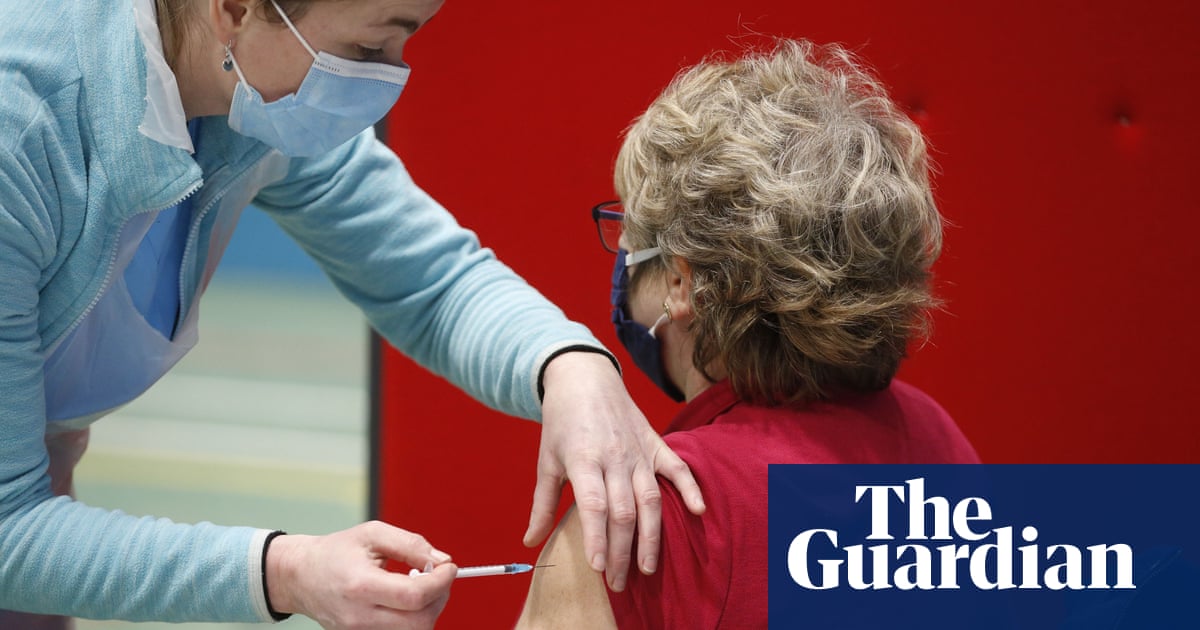
his is my form of therapy,” says Mariana Winnik, a third-grade teacher and avid birdwatcher from Brooklyn. Wearing a T-shirt with illustrations of birds and wielding a pair of binoculars and a trusty bird identification app, Winnik makes her way through north Central Park, on a mid-morning Saturday walk led by Christian Cooper.
Cooper says he doesn’t usually lead bird walks because of the responsibility that comes with it. “I feel awful if we go out and we don’t see a lot of good birds,” he says.
But as he leads a group of 20 people through the park, it isn’t long before a Baltimore oriole and a Blackburnian warbler – small, migratory eastern North American birds – are spotted. These sturdy-bodied songbirds, having flown in from the south, are a temporary gift.
The nature walk, held last weekend, was one of the closing events for the second annual Black Birders Week – a series of events and activities meant to highlight Black birdwatchers, scientists and nature enthusiasts. The first week-long celebration grew out of a hashtag started by BlackAFInStem, a community of Black scientists who were responding to the video Cooper recorded of a white woman threatening to call the cops on him in Central Park.
The hashtag grew into a space for Black birders to talk about their passion for the outdoors, share photos of striking birds and tell stories of their most memorable birdwatching experiences.
“We want to get more Black birders out,” Christian Cooper said on Saturday. “I know historically there have not been a lot of Black birders, being one of the few and seeing not many faces like mine out there.”
For Cooper and others, taking time out of the week to go birdwatching in one of New York City’s parks is as much about joy as it is about fostering community.
“I can leave work and I just go out for two, three, sometimes five or six hours, and not be consumed with all of the things that I always think about,” says Winnik, who has been teaching in person since September. “Birding became my outlet.”
It’s also – naturally – about the birds. Spring bird migration season peaks in the first two weeks of May, meaning that Central Park, located in the middle of the Atlantic flyway, has been turned into an international birding destination. Elsewhere on Saturday’s walk, larger birds such as red-tailed hawks and a great egret could be seen, the latter cooling off from heat on a small water body known as the Pool.
Cooper led the talk with an infectious exuberance and humor. He told his fellow birdwatchers that red-tailed hawks – which soar above open fields – are not so scared of New Yorkers, a testament to the city rubbing off on them.
With an abundance of European starlings at almost every step, Cooper shared the story of how the eastern bluebird, the state bird of New York, nearly went extinct because of the starlings that competed for nesting space. About 60 starlings were first introduced in Central Park in 1890 as part of an effort to introduce to the US every bird species mentioned in the works of Shakespeare. Today, the starling is one of the most abundant birds in North America.
In addition to sharing the colonial history of species introduction, Cooper spoke about the growing movement to decolonize species names. “Morally repugnant people’s names don’t help us tell anything about the birds, but if you say yellow-throated vireo, that tells something.”
According to a 2011 study by the Fish and Wildlife Service, 93% of birders surveyed were white while only 4% were Black. Black Birders Week brings attention to the exclusion of Black people from both natural and academic spaces.
“I felt the most seen that I have felt in a long time, as far as being Black in the field of wildlife,” said Jordan Veasley, a zookeeper and a wildlife conservationist taking part in the Black Birders Week out of Seattle. In addition to working with animals at a zoo setting, he makes educational videos on social media. “I felt like people are finally noticing my work and seeing me in this field.”
The hashtag #BlackBirdersWeek spotlights educators, researchers, and birdwatchers from all over the world.
Merlyn Nomusa Nkomo is a Zimbabwean ornithologist and a Mandela Rhodes Scholar pursuing her master’s degree in conservation biology at the University of Cape Town.
“I love wildlife and nature, I just never knew it could be a career,” Nkomo said. Her first birding experience was when she was 19, after which her dad gave her a set of binoculars.
One of her earliest experiences in the field involved rehabilitating vultures that were colliding with power lines. Immediately after falling in love with these birds, she got to experience the ugly – the big birds have been injured and poisoned.
“I realized with time in my career that there’s a lot of exclusion. There’s a need to transform the space, to report on issues of people of color in the natural space in the right way, to make it safe for people to come into the space,” Nkomo said of her experience, which she detailed in a piece in Africa Sustainable Conservation News. “I set out to do something that gives me joy, something I excel at, something that challenges me every day – and that is what everybody deserves.”
Back in Central Park, Cooper, who tends to spot birds by sound, urged the birdwatchers to ignore the traffic and listen to the songs coming from the trees. “Birds belong to no one but are here for everyone to enjoy,” he said.












